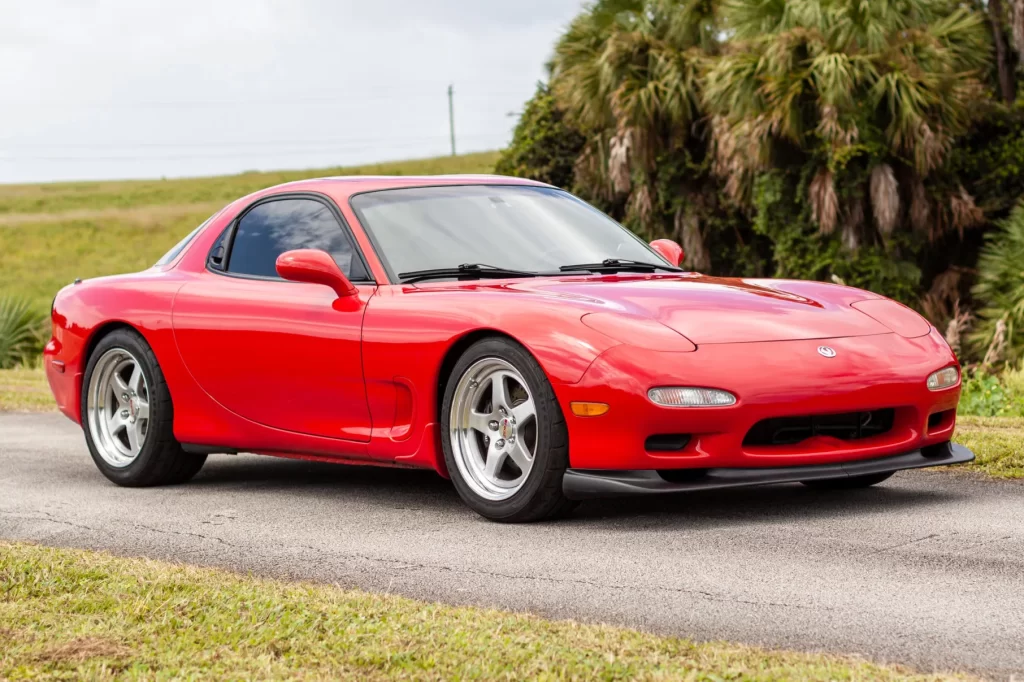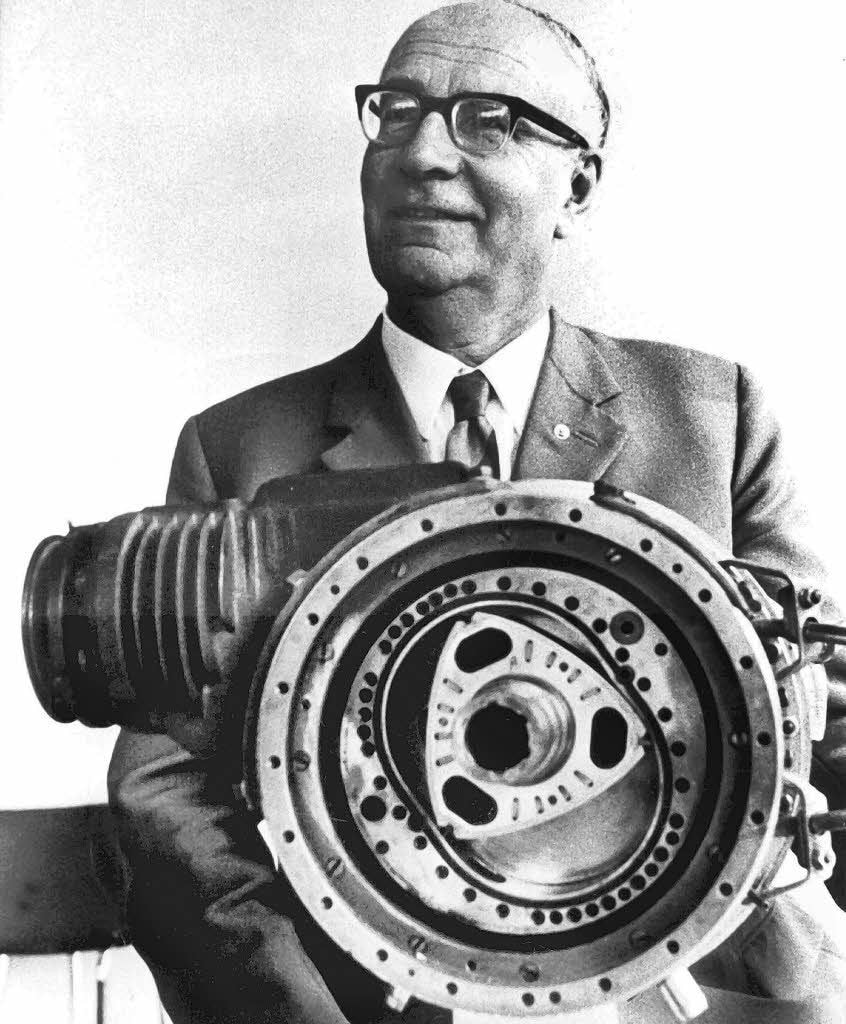
In a bold move that defies modern automotive logic, Mazda is reaching into its past to revolutionize the future. With a reengineered rotary engine that once flamed out due to inefficiencies, the Japanese automaker is back — and this time, it means business.
At a time when most carmakers are racing toward efficient, electric drivetrains, Mazda is breaking the mold by reviving a decades-old internal combustion concept: the rotary engine. Yes, the same technology once plagued by poor durability, excessive emissions, and brutal inefficiencies is now at the heart of Mazda’s most ambitious plan yet — and it may just shake the entire EV industry to its core.
A Controversial Revival
In its latest announcement, Mazda unveiled plans for a completely redesigned rotary engine that won’t power the wheels directly — instead, it will act as a range extender in a new generation of hybrid and electric vehicles. But why go back to a system that failed so publicly in the past?
Mazda believes it now has the technology to correct the mistakes that once made the rotary engine infamous. The company claims it has solved the three biggest issues: apex seal wear, carbon emissions, and overheating. But before we dive into the futuristic upgrades, let’s revisit the troubled — and strangely inspiring — history of the rotary engine.
The Birth of a Wild Dream
The rotary engine was born in the mind of German engineer Felix Wankel, who began sketching the concept as early as 1925. His dream? To eliminate the noisy, vibration-heavy piston engines dominating the roads and replace them with a smoother, more compact, and simpler powertrain.
After years of setbacks and WWII-related delays, Wankel finally partnered with NSU Motorenwerke — a tiny German manufacturer of motorcycles and economy cars. By 1957, the world witnessed the first successful rotary engine: a triangular rotor spinning inside an oval chamber, completing all four combustion cycles in one smooth rotation.
The concept gained momentum quickly. Among the many intrigued by the technology was a rising Japanese automaker: Mazda.
Mazda’s Big Bet
Under the leadership of Tsuneji Matsuda, Mazda took a leap of faith. It licensed the rotary engine from NSU and began to rework the technology into something viable for mass-market cars. In 1967, the company launched the Cosmo Sport 110S, its first rotary-powered vehicle. By the late ’70s, the iconic RX-7 hit the market and became a sensation.
The RX series, especially the RX-7 and RX-8, delivered lightweight performance that won over drivers worldwide. The rotary engine’s compact design and high power-to-weight ratio made it perfect for sports cars. But the honeymoon didn’t last.

The Fall: Why the Rotary Died
Despite its early promise, Mazda’s rotary engine had fatal flaws:
-
Apex seal degradation: The sharp corners of the rotor, called apexes, used metal seals to maintain compression. These seals wore out rapidly, leading to decreased power and hard starts — especially in cold weather.
-
Excessive oil consumption: To keep seals lubricated, oil had to be injected directly into the combustion chamber — causing higher emissions and carbon buildup.
-
Chronic overheating: The compact size of the engine left little room for effective cooling, especially at higher RPMs. Over time, this led to catastrophic failures.
By the early 2000s, the world’s attention had shifted to climate change and fuel efficiency. The rotary’s flaws could no longer be overlooked. When the RX-8 failed to meet new emissions regulations, Mazda pulled the plug in 2012.

The Resurrection: What’s New in 2025?
Mazda’s engineers didn’t give up. Since 2013, they’ve been quietly working at the company’s Hiroshima headquarters to redesign the rotary engine from the ground up. The result? A radically updated design aimed at eliminating every flaw of its predecessors.

1. Apex Seals Reinvented
Instead of fragile metal tips, the new apex seals are made from ceramic-coated, carbon-infused alloys. These materials offer much better heat resistance and significantly reduce wear over time.
2. Smarter Oil Management
Mazda has added AI-controlled oil injection systems that optimize lubrication in real time. By using just the right amount of oil, it avoids the over-lubrication that plagued older models — reducing both emissions and waste.
3. Advanced Cooling Systems
The new engine features a hybrid organic acid coolant with nano-ceramic additives, creating a self-repairing heat shield inside the chamber. These improvements allow the engine to run cooler and last longer, even at high speeds.
4. Reimagined Combustion Chamber
With wider intake ports and reworked rotor faces, combustion is now cleaner and more efficient, minimizing unburned fuel and maximizing power.
A New Role: Range Extender for EVs
Perhaps the most groundbreaking shift isn’t just the redesign — it’s the engine’s new job. Rather than powering the wheels directly, Mazda’s rotary engine will act as a range extender in electric vehicles.
This means it will charge the battery, not drive the car. Running at a consistent, optimized RPM, the engine can maintain high efficiency and low emissions — avoiding the high-stress fluctuations that wore out its predecessors.
It’s a genius move. Not only does it solve the core engineering problems, but it also positions Mazda as a fierce rival to Tesla and other EV manufacturers who rely solely on battery storage and charging infrastructure.
The RX-9 and Beyond
All eyes are now on Mazda’s upcoming RX-9, rumored to be the first production car to feature the new rotary range extender. While details are still under wraps, the automotive world is buzzing with anticipation. If the engine performs as promised, Mazda could not only revive a beloved concept but leapfrog competitors in the EV space.

Final Thoughts: Redemption or Repeat?
Mazda’s rotary resurrection is nothing short of bold. Betting on a technology once considered a failure is risky — but the potential rewards are massive.
In a world dominated by electric motors, lithium-ion batteries, and range anxiety, Mazda’s rotary range extender could become the perfect hybrid bridge — delivering performance, efficiency, and style without the downsides of old-school combustion or full battery dependence.
Will Mazda finally get the last laugh in an industry that once wrote it off? One thing is clear: the rotary engine is spinning once again, and this time, it might just change everything.





